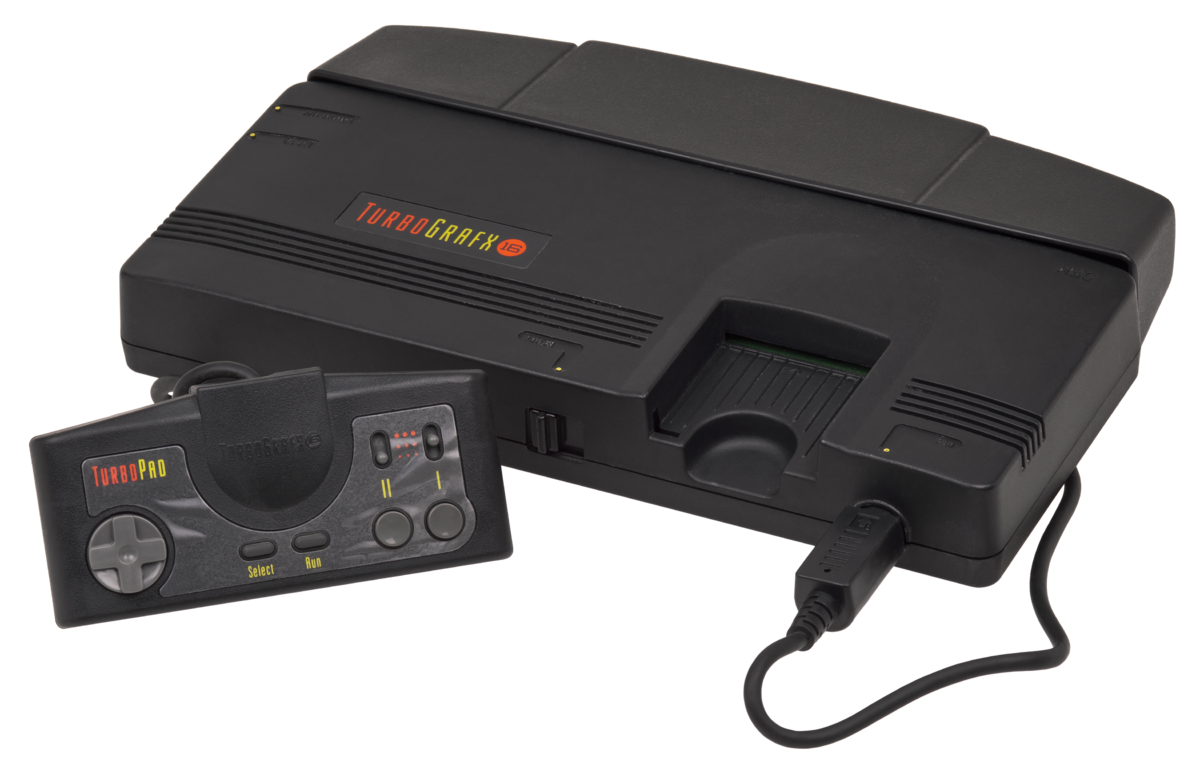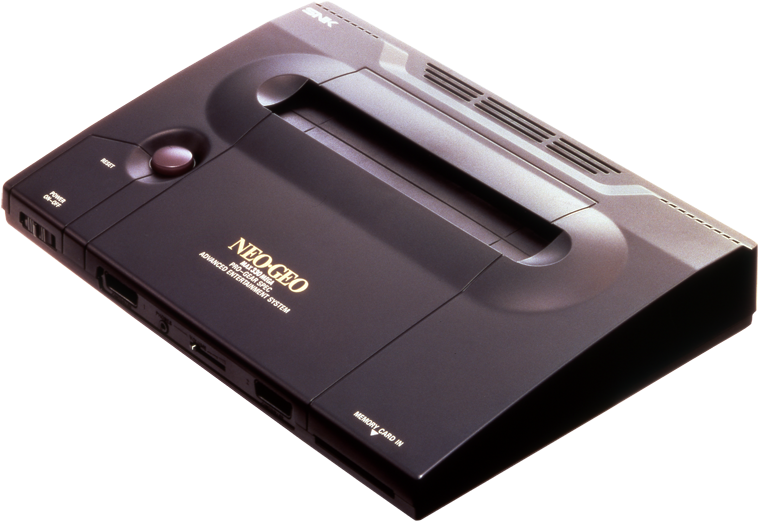Oft-Forgotten
Was it Game Over?
☰Links
TurboGrafx-16
The TurboGrafx-16, known as the PC Engine in Japan and France, is a fourth-generation home video game console designed by Hudson Soft and sold by NEC Home Electronics. It was the first console marketed in the 16-bit era, although in reality it used a modified 8-bit CPU. It was released in Japan in 1987 and in North America in 1989. The Japanese model was imported and distributed in France in 1989, and the United Kingdom and Spain received a version based on the American model known as simply TurboGrafx. In Japan, the system was launched as a competitor to the Famicom, but the delayed United States release meant that it ended up competing with the Sega Genesis and later the Super Nintendo Entertainment System.
Neo Geo
The Neo Geo (Japanese: ネオジオ, Hepburn: Neojio), stylised as NEO•GEO, also written as NEOGEO, is a cartridge-based arcade system board and fourth-generation home video game console released on April 26, 1990, by Japanese game company SNK Corporation. It was the first system in SNK's Neo Geo family. The Neo Geo was marketed as 24-bit; its CPU is technically a 16/32-bit 68000-based system with an 8/16-bit Z80 coprocessor, while its GPU chipset has a 24-bit graphics data bus.
Philips CDi
The CD-i format was announced in the late '80s, with the first machines compatible with the format being released in 1991. The Phillips CD-i's main selling point was that it was more than a game machine and could be used for multimedia needs. Due to an agreement between Nintendo and Philips about an abortive CD add-on for the SNES (which eventually evolved into Sony's PlayStation), Philips also had rights to use some of Nintendo franchises. The CD-i was a commercial failure and was discontinued in 1998, selling only 1 million units worldwide despite several partnerships and multiple versions of the device, some made by other manufacturers.
...



